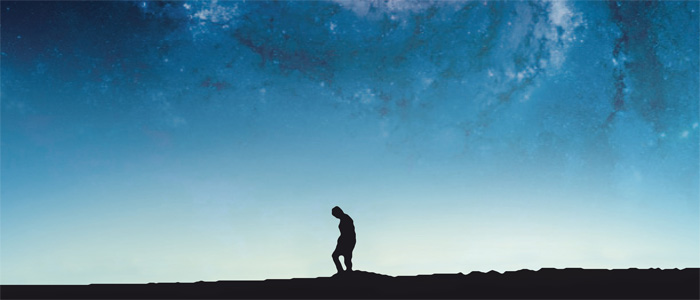When it comes to movies, the year 2011 was defined by its examination of nostalgia. From Hugo to Midnight in Paris to Super 8 to The Artist (still haven't seen that one) we saw films that were either nostalgic or examined nostalgia in some way. The documentary Nostalgia for the Light most certainly fits this narrative by examining the Atacama desert in Chile as a place where the past comes to rest. It is the driest desert in the world, so it has virtually no cloud cover at all, which makes it a great place for astronomers to look into the stars and find the origins of the universe. But about 30 years ago it was also used as a dumping ground by Chilean dictator Augusto Pinochet for bodies of those his regime killed.
We follow loved ones of those whose remains lie in the dirt of the desert and their search and reconciliation with the past. This juxtaposition between the astronomers looking for answers to the grandest of questions and the women looking for answers regarding their relatives makes Nostalgia for the Light the documentary equivalent to Terrence Malick's The Tree of Life. Similar to Malick's film, Guzman's documentary is also a form of poetic meditation on how things came to be and why what happened in the past happened.
The film is on one end an intellectual exercise, but it attains spirituality and poetry with its images of galaxies and the personal stories of the women looking for their brothers and fathers. The film shows that no matter who we are, we yearn to learn about our past. It doesn't matter if we are daughters looking for the remains of our fathers, or we are astronomers looking for the remains of the universe in the sky. Remembrance is one of the most human qualities there is, and if we lose that quality, we run the risk of losing our humanity.
Grade: B+

No comments:
Post a Comment